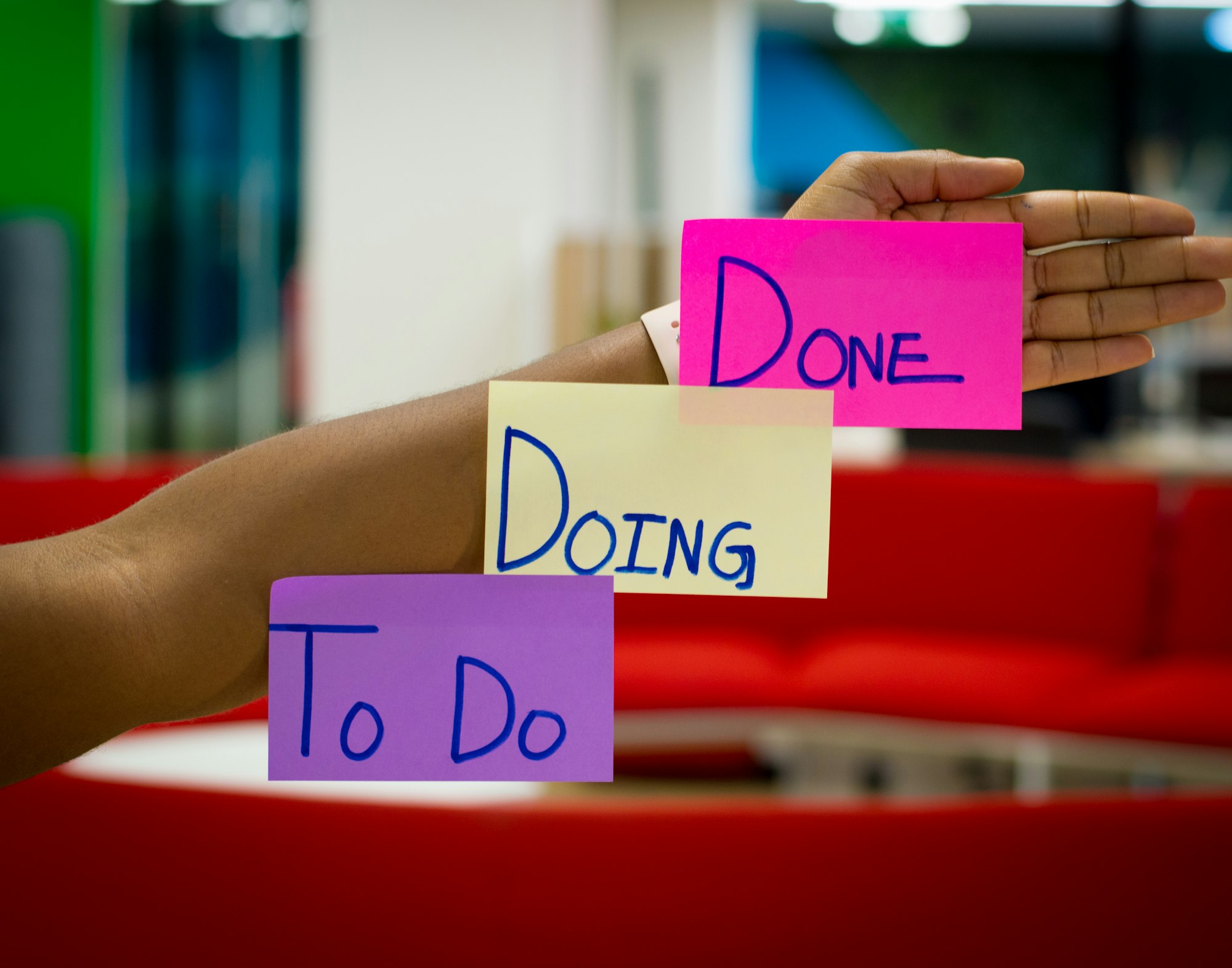How to Make Your Marketing Team More Agile

Do you feel like your marketing efforts are falling behind the competition? Are you having a hard time keeping up with the latest trends? If so, you may need to start using agile marketing techniques. Agile marketing is a way of working that is fast, flexible, and responsive. It allows you to quickly adapt to changes in the market and make decisions on the fly. In this blog post, we will discuss what agile marketing is and how you can start using it today!
Agile marketing is a methodology that focuses on speed, flexibility, and responsiveness. It is based on the principles of agile software development, which emphasize iteration and constant feedback. Agile marketing teams work in short cycles, or sprints, and make decisions quickly based on data and feedback. This approach allows them to rapidly test, implement new ideas, and gather feedback quicker
The biggest benefit of agile marketing is that it allows you to be more flexible and responsive to change. With traditional marketing methods, it can take weeks or even months to implement a new campaign. But with agile marketing, you can often make changes on the fly and see results almost immediately. This is crucial in today’s ever-changing markets and answering to competitors new movements.
Another benefit of agile marketing is that it encourages teamwork and collaboration. Traditional marketing efforts can often be siloed, with different teams working on separate projects with little communication. But agile marketing relies on close collaboration between all members of the team even across departments. This ensures that everyone is working towards the same goal and that ideas are quickly shared and implemented.
How to make your Marketing Team more Agile

If you’re looking to make your marketing more agile, there are a few things you can do. First, start working in sprints. This means setting aside a specific period of time, such as two weeks, to work on a project or campaign. During this time, the team should focus on one specific goal and nothing else. This helps to ensure that everyone is focused and that tasks are completed quickly. It's important to check-in regularly on the status of the sprint to ensure everything is on-track and if changes need to be implemented.
Additionally, making standups part of your team meeting culture will foster collaboration. Standups enable teams to communicate openly what was done last week, whats being worked on this week, and what is blocking progress. Standups help your team communicate between the different departments and address challenges earlier.
Next, make sure you’re constantly collecting data and feedback. This will help you to make informed decisions about your marketing efforts. Use tools like Google Analytics to track your progress and see what’s working and what isn’t. And finally, encourage collaboration among your team members. Make sure everyone is aware of the agile marketing approach and that they understand how to work together effectively.
If you’re looking to make your marketing more agile, these tips should help you get started. Remember, the key is to focus on speed, flexibility, and responsiveness. By following these principles, you’ll be able to adapt to change quickly and make your marketing more effective.

External Dependencies
It is not always easy in marketing to be in control of your Agile destiny when a majority of the campaign deliverables are sometimes produced by external partners. How do we handle external agencies or partners? Well we have to pull these partners into your planning.
Depending on the role of the partner and how much they are delivering determines the how integrated they should be with the planning. If it is a long running campaign that will take months, absolutely they need to be aligned to the same planning. If it is a small task which should be delivered with a sprint then you can consider leaving planning the deliverable to be included in the sprint. Agile planning will take patience and harmony with you partners to understand who can and will deliver on-time or according to plan.
Can you plan with creatives?
A question which is often surfaced is can you really time box creativity? Difficult to answer however business requirements cannot let creativity run forever. Setting guard rails or parameters for a project before it starts helps set the collaboration groundwork. Next, early on setting the end goal and deadline of the project before even signing with a creative to highlight when you plan to launch the said campaign. Finally, checkins is a must to align on the direction and progress of projects. With these tips it will help you keep the creativity and at the same time setting project guard rails.
Summary

Agile is a buzzword which is thrown around a bit too freely in most meetings and companies. However, Agile takes quite some effort, repetition, and continuous learning to become efficient at Agile. When I was consulting for DevOps we would inform customers that it would take 4-5 Sprints to become comfortable using Agile within a team.
There is no one size fits all Agile framework which works for every company and/or team. Many times you have to adapt the sprint cadence from 2 weeks to something which matches better with your team, same for standups, and finally plan, communicate and gather early feedback are keys to success.
I've had the pleasure working with rockstar agencies to amateurs and everything in between. One of my favorite Benjamin Franklin quotes is "By failing to prepare, you are preparing to fail." which exactly why Agile is just as important for marketing as it is for software development. Adding some order to your marketing chaos will not only make you more efficient but also Agile!
Follow me
If you liked this article be sure to Follow Me on Twitter to stay updated!
